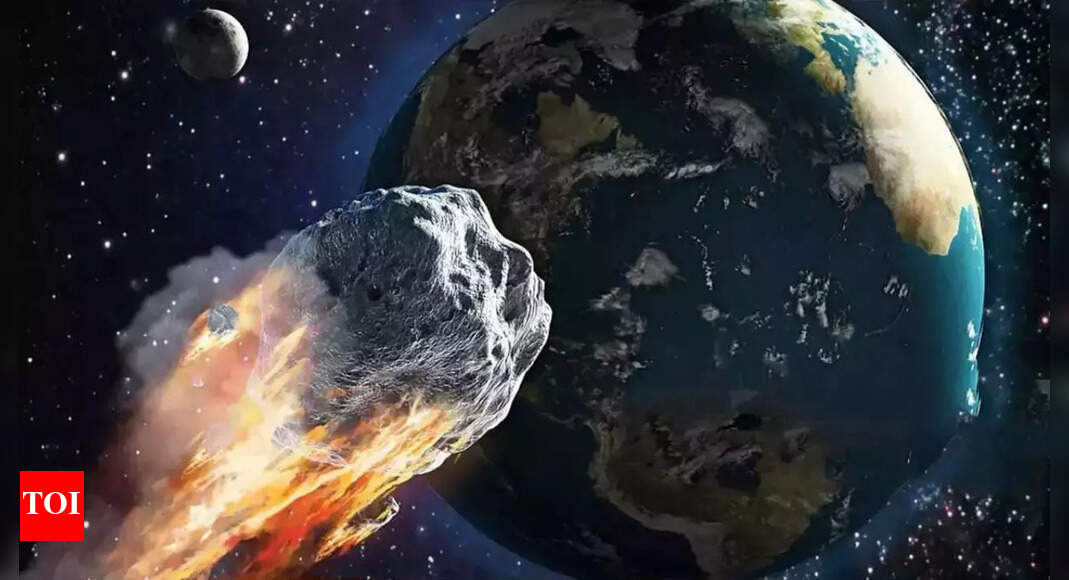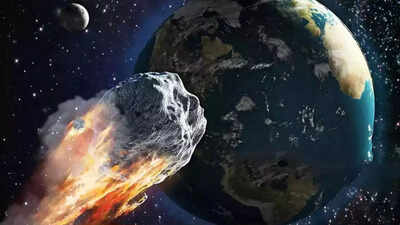European Space Agency stunned as asteroid passes dangerously close to Earth, closer than many satellites |

An asteroid made a remarkably close approach to Earth last week, flying nearer than many satellites in low Earth orbit. Named 2025 TF, the space object passed over Antarctica at just 266 miles above Earth’s surface on the evening of Tuesday, Oct. 1, according to the European Space Agency (ESA). Roughly 3 to 10 feet in diameter, the asteroid posed no significant threat to the planet, though it could have produced a fireball if it entered the atmosphere and left small meteorites on the ground. Authorities noted that 2025 TF went undetected until hours after its close approach, highlighting the challenges of tracking metre-scale objects in space.
Asteroid’s close encounter with Earth
Asteroid 2025 TF’s pass placed it at an altitude comparable to the International Space Station, making it one of the closest asteroid flybys ever recorded. It was first observed by the Catalina Sky Survey, a NASA-funded mission at the University of Arizona, and later tracked by astronomers at ESA’s Planetary Defence Office using the Las Cumbres Observatory telescope in Australia. ESA described the tracking as “an impressive feat,” noting the precision in determining the asteroid’s trajectory and timing.
Notable history of near-Earth flybys
This narrow miss comes nearly five years after asteroid 2020 VT4 passed just 230 miles above Earth near French Polynesia in November 2020, which remains one of the closest non-impacting asteroid approaches on record. Between Sept. 23 and Sept. 28 of this year, ten other asteroids passed within the distance of the moon, though none posed serious threats. Astronomers continue to monitor such objects closely to better understand the potential hazards and to improve early detection of future flybys.
Potential effects and observations
While 2025 TF was too small to endanger the planet, objects of its size can create spectacular fireballs in the atmosphere and sometimes leave meteorites on Earth. The ESA emphasized that tracking and observing even metre-scale asteroids provides valuable data for planetary defense and space situational awareness. The next expected flyby of 2025 TF is not predicted until April 2087.





